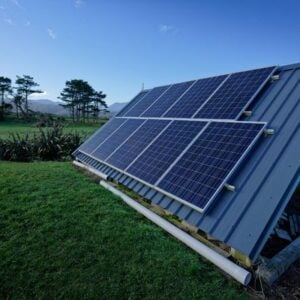The Irish government has approved a record €3.5 billion investment in the country’s electricity grid infrastructure for the period 2026–2030, as part of the National Development Plan. This is the largest investment in Ireland’s electricity network to date and is aimed at reinforcing energy security, promoting economic growth, and accelerating the transition to renewable energy.
The funding includes €1.5 billion for ESB Networks and €2 billion for EirGrid. These allocations will enable both companies to expand onshore and offshore electricity transmission and distribution infrastructure. The upgrade is designed to future-proof Ireland’s electricity system to meet increasing energy demands, support economic development, and achieve national climate objectives. A robust grid is essential to transitioning to a renewables-based energy system that is secure, sustainable, and affordable.
The upgraded grid is critical to meeting key Programme for Government goals, such as generating 80% of electricity from renewable sources by 2030. This includes the development of 9GW of onshore wind, 8GW of solar energy, and 5GW of offshore wind. Achieving these ambitious targets requires a modern, high-capacity electricity network.
Similar to other European countries, Ireland’s energy infrastructure needs large-scale investment to connect growing renewable energy sources, improve interconnection with neighboring systems, and support the electrification of sectors like transport and heating. The government’s equity injections to ESB Networks and EirGrid are designed to strengthen their financial positions, helping them maintain strong credit ratings. This, in turn, allows the entities to borrow at lower interest rates, reducing the cost of infrastructure investments and minimizing their impact on consumer electricity charges.
To address energy affordability alongside infrastructure upgrades, the government has established a cross-departmental Energy Affordability Taskforce, chaired by Minister O’Brien. The Taskforce includes representatives from various government departments and energy stakeholders. It is responsible for developing an Energy Affordability Action Plan and monitoring its implementation. The Taskforce is also reviewing both short-term policy options for Budget 2026 and long-term structural reforms aimed at lowering energy costs while ensuring continued energy security and progress toward climate goals.







